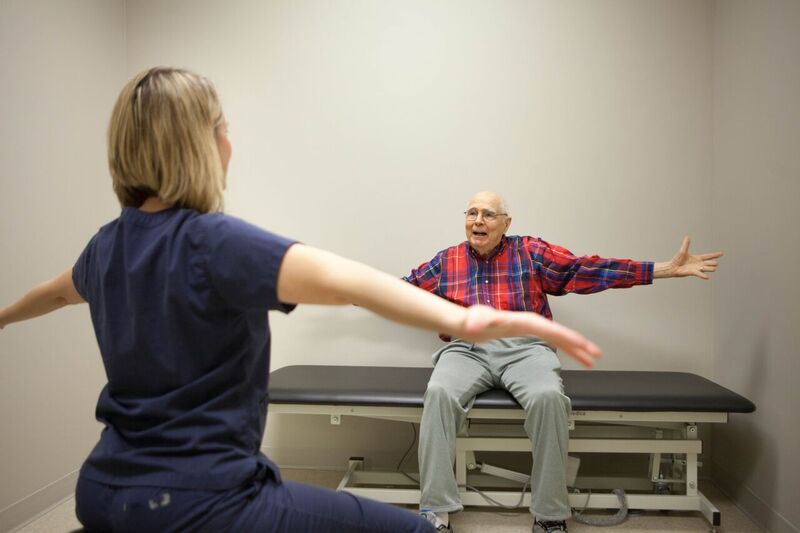Recently I learned something new in anatomy (I am a noob in anatomy). It's known for some times there are mirror neurons, but there is an interesting subset: The mirror motor neurons. It was mentioned on a forum by a pALS (patient with ALS) who told he rehabilitated his bladder thanks to mirror motor neurons.
Near my home in France, there is a center that uses similar techniques for people who unfortunately experienced strokes.
 Bladder issues are unfortunately common in ALS patients. These issues arise because ALS affects the nerve cells that control the muscles in bladder and sphincter.
Bladder issues are unfortunately common in ALS patients. These issues arise because ALS affects the nerve cells that control the muscles in bladder and sphincter.
This forum post picked my curiosity and I looked in Pubmed. Indeed there are many sudies that discuss about this kind of rehabilitation technique in ALS and Parkinson's disease. It's called Motor Imagery and there is even a Wikipedia about it.
If you pardon me for grave oversimplification, it's a matter of showing some action to the subject, for example someone is walking, and then asking to the subject to imagine doing the same thing.
The ALS patient told it needed years to regain control of his sphincter, so it's not possible to find some scientific litterature that would enlight us on the results wa can expect with this long duration of rehabilitation, without mentioning that unfortunately many ALS patients do not live that long. Scientists are usually busy people, their studies last between days and a few months as it must coincide with academic time. But there are many studies that mention that even after a few tests, a positive effect can be detected. Here is an example.
A review on Parkinson's disease is less optimistic, it tells of ~5% motor improvement.
I wonder to which extend this Motor Imagery could help to regain some important functionality. Maybe some reinforcement could be added when the imaging process is detected. Apparently even a simple EEG is able to detect this mental state. The article cited above has some additional details on this. It calls also in question why those mirror motor neurons are not striked by the disease as they are probably colocated with upper motor neurons.
